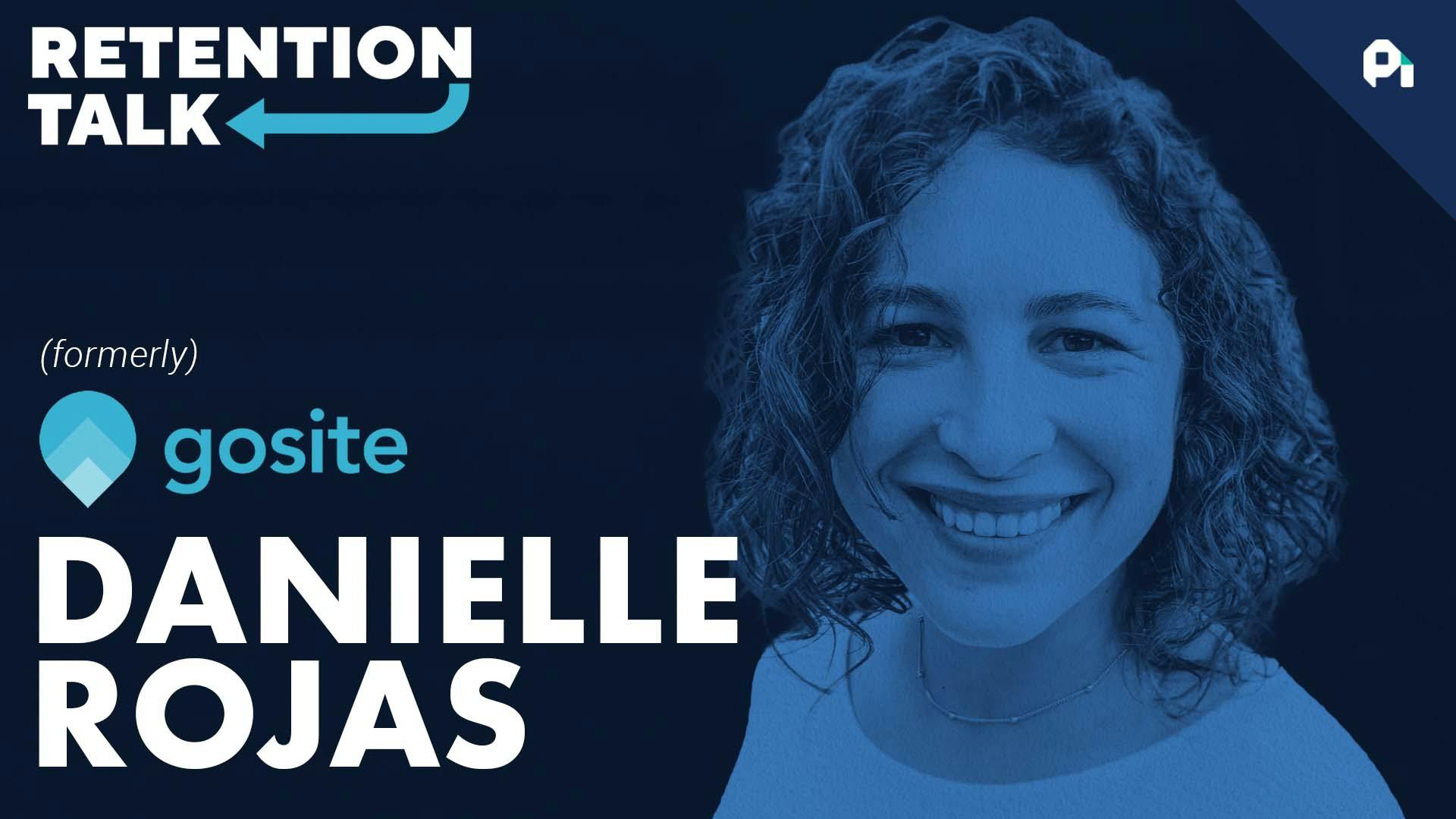
Expansion revenue, CX perpetuity, and maintaining focus | Pipeliner's John Golden
This episode might reference ProfitWell and ProfitWell Recur, which following the acquisition by Paddle is now Paddle Studios. Some information may be out of date.
Please message us at studios@paddle.com if you have any questions or comments!
He that hunts two hares catches neither. This ancient saying underscores the importance of focus. I’m sure you all have multiple directions you’re headed in when it comes to customer retention, and for the most part this isn’t a bad thing. However, it’s important to understand that maintaining focus on delivering results is tantamount to the number of “retention hacks” you may chase.
On today’s episode of Retention Talk, I speak with John Golden, Chief Strategy & Marketing Officer at Pipeliner CRM. We talk about the perpetuity of customer experience, expansion revenue, and how being focused gives you the best opportunity to succeed.
Key points discussed in the episode
Sometimes it takes a little longer than you would like or you think it's going to. You have to have the energy to keep pushing forward, but you also have to have the patience and the realism to understand, ‘OK, we actually are making great progress right now.’” – John Golden
The perpetuity of Customer Experience
A customer’s journey isn’t impervious to ending, which means you should be ready to serve at a moment's notice. This can be achieved through training videos, help docs, chat features, or even a knowledgeable team member. It’s nice to think that you can just “set it and forget it” when it comes to product usage, but learnings are there to be had.
Feedback can lead to renewals and expansion
There are certain metrics you’re going to be able to measure that your customers can’t access, but on the flip side, your customers may use your product in a way contrary to what you envisioned. There’s only one way to find out how they feel about your product: ask. As with John Golden, it can be as easy as asking how your product shapes up on a scale of one to five.
Focusing on the right customers will lead to success
While it’s easy to think that anyone could be a customer, the reality is your resources are best spent focusing on the right customers. While this is preached with acquisition, it’s very much the same with retention as well. And while your customer profile needs to be specific, you need to be somewhat ready to pivot at a moment's notice. Constant measuring and testing will help you determine if your profiles are accurate or if the notecards you pinned to the bulletin board three years ago belong in the trash.
Take Action:
Expansion revenue is the undiscovered band that only a few people appreciate… and it’s about time this band charted. It’s more financially efficient to upgrade or cross-sell a current customer than it is to acquire a new one. A 2016 Pacific Crest Survey from David Skok and Matrix Partners shows that the median cost to acquire a dollar of ACV for new customers is $1.16, while the median cost to acquire a dollar of ACV is $0.27 for up-sells and $0.20 for plan expansions.
The best practices for both up-selling and cross-selling rely on building a loyal customer base and then providing additional value that those customers are willing to pay for.
Here are some tips to grow your expansion revenue:
Upselling works best when your customers' plans can grow along with your pricing scale. You can create the most effective value metric for your business by:
Identifying and monetizing the core value of your product
Pinpoint the solution that the customers get from your product and then create a pricing scale that aligns increasing prices with increasing access to that solution.
Understanding your typical customer's trajectory with your product
If you forecast how your customer will use your product over time, you can build your pricing scale to match and make upgrades natural.
Testing different price points and different plan packages
You should create your price points based on buyers' willingness to pay—but don't then set it and forget it. Test different price points for your pricing tiers over time, and experiment with different features in different tiers. Your market is always evolving, and with that willingness to pay, feature preferences change over time. A new price point, a new tier, or a new feature in a package could drive up-sells.
Cross-sells can drive revenue increases when you offer services and products to compliment the service a customer already pays for. You can drive the most cross-sells by:
Offering one main product and several supplementary products
Starting by offering a single product will allow you to hone in on market-product fit and make sure this product meets your customers' needs. Add-ons give you the opportunity to monetize those existing customers that you already know are a good fit, while keeping the focus around your main product.
Offering several related products
Offering several related products allows you many different ways to get into an organization, and then cross-sell to different team members in that organization who have different needs.
Continuing to develop new features based on customers' feedback
Customers may be willing to pay more for additional features, and continuing to innovate your product and create helpful additions gives you more opportunities to cross-sell these supplements. Develop based on your customers' feedback—you're more likely to create an additional feature that is truly useful to them, and they're more likely to want to pay for it.
Always remain open to honest conversations with your customers about why and how upgrades and cross-sells can improve their experience with your product.
Do us a favor?
Part of the way we measure success is by seeing if our content is shareable. If you got value from this episode and write up, we'd appreciate a share on Twitter or LinkedIn.
While you want to be focused and you want to set the right targets and the right strategic goals, you also have to be constantly reviewing things and be flexible enough to pivot if necessary or to shift focus and resources to where it's needed most.
And I think that's the I think that's the hardest thing when when people are starting off is to be focused and to prioritize. And that means that you have to sort of push other things or park them for the time being.
You can't do everything. Welcome to retention talk. I'm Neil Dhesi, and we're talking to the best minds in the world of product and customer success to bring you actionable strategies on reducing churn and boosting retention. This week we're talking to John Golden, chief strategy and marketing officer at Pipeliner.
In this episode, we talk about the perpetuity of customer experience, how engaging your customers about usage can lead to renewals and expansion, and pay close attention to what John says about what gives you the best opportunity to succeed.
Let's get to it. John, thank you so much for being with us here today. I am super pumped to learn more about, you know, some of the things you guys are doing to work on retention. one thing before we sort of dove into some of the fun details is I'd love to hear more about how you ended
up at Pipeliner and what your role is. And you know, what's what's your story? Yeah, yeah, absolutely. So I was running two companies for for a parent company, Informa, that had a lot of performance improvement companies. And I was running Hathaway, which was a sales performance improvement consultancy that did spin selling the Neil Rackham research and book
and then Omega performance, which was financial, your credit training for banks. And I was there for about eight years, I think, and then the parent company decided to sell the performance improvement businesses. And so I helped them through that process of helping sell them to a private equity company.
And then we were living on the East Coast in Virginia at the time and decided to come back to California and to San Diego, and I decided this was time to do something new. So I started to set up my own management consultancy.
And one of my first clients happened to be Nicholas Kim, the founder and owner of Pipeliner CRM. And when I started working with him, one of the things that struck me immediately was that Pipeliner really had the potential to be that sales oriented CRM that I had always been looking for and I had always wished that my
clients had when we were working on sales performance improvement. And so I did a couple of projects with him, and then he came back to me one day and said, You know, would you be prepared to give up, you know, building your own business right now and come along and help me and partner with me in in
expanding and bringing Pipeliner to market? And after contemplating for a while, I thought this was a fantastic opportunity to love the product. There was a lot we could do together. And so in the end, I said, Yeah, come on board and, you know, help with strategy marketing, and then I'll just, you know, help with being a partner
to, to the founder and just building the business. That's awesome. Quite the journey, I'm sure from from obviously just being a consultant to to now obviously being a big part of the team and carrying this forward. I guess as you as you guys continue to expand and clearly you guys have a product customers love.
What are some of the biggest challenges you're sort of tackling today as we come out of COVID and into the new year? It's not COVID related, it's just that obviously there are some 800 pound or there is an 800 pound gorilla in the CRM market, and there are other companies in the market who spend a ton of
money on marketing. Quite frankly, you probably spend like 90% of their their money on marketing and about 10% on the product. And we have always taken the opposite approach in terms of like, we've always invested really heavily in the product because we want the product to be the best it can be and we really want it to
be effective. So our challenge is just continuing to build brand awareness and more people to know us in the marketplace. And we've always found that the best way of doing that is to is to have the best product and the best customer success and customer service and then to use and to leverage the success with our customers
to gain more customers. But as I said, I mean, the biggest challenge is that you have these larger companies or these companies who have a lot of money who just pump a ton of money into marketing. And we're more we're all about quality and the product that makes sense.
I imagine, you know, you guys are in a relatively dense market as far as competition goes right. And so sometimes it's probably unreasonable. That's how spend our out-compete some of the bigger dogs. I guess one of the things I'm curious about is given that you can't, you know, compete on onslaught of marketing, spend it.
It's it's really important you guys retain your existing customer base to the best of your ability. And obviously a large part of that is building a product people really love. You mentioned, you know, an emphasis on customer success.
Tell me more about what that looks like at Pipeliner and to what extent you know you guys might be approaching it differently to ensure success or positive outcomes for your customers? Yeah. And by the way, the other just before we get into that, you're saying like, Yeah, I mean, we can't spend like millions and millions of dollars
every month and on Google ads or whatever, like some of them do. But we have a very strong content marketing strategy that has served us really well and has allowed us to. I would say we do that better than anybody does, so we can outdo our competitors on our content marketing.
And it's been it's been phenomenal. But yeah, getting to the point. one of the things is that look at customers on the continuum if you like, you know, so customer experience is really important and that has to be from the moment they engage with your brand to when they become a customer and beyond all of the experiences
they have with the organization and with interacting with Pipeliner, you don't have to be of the highest quality. So that is something that we we focus a lot on. You know, we make sure that when we're engaging even with prospects, that we do it in a.
Very discovery oriented, we make sure we we engage properly, we understand the business, you know, where we bring the right people in on the opportunity to make sure that the the prospect has the has the resources on our side to make a very well informed decision and understand how you know they can have their business can be
impacted by leveraging the platform. And then we we bring them on board and train them and then we support them afterwards with multiple different ways. You know, we have obviously customer support. We have training videos, we have chat features where you can get help immediately.
We have, you know, a great knowledge base. We have we have more. I think we have more than anybody else in terms of multiple different ways of helping our customers. And we will we try to make them as self-sufficient as possible, but we're always there to help.
But key to key to all of this is though we have built a platform that doesn't require full time administration. We've made it as simple as possible and we have a very uniform navigation, everything. So it's very easy to understand and use that way that our customers are not struggling with just kind of getting people up and
running on the basics of the system. That's really simple. They can get up from very fast and get going, and this is the feedback we get. So what that does is allows them to start looking at more advanced features or or focusing in on particular areas, and we help them with that.
So that's what our customers really appreciate is that they can get to doing more with the platform than they would normally be able to do with most systems much faster. I'm sure you know your customers fall in the spectrum from completely self-serve all the way to high touch needing support from KSM's, something I'm curious about.
And it seems like you guys are doing a lot from this perspective, like how do you measure success when it comes to these initiatives? Like what are some Northstar metrics you and the team sort of align on to the know if you're ultimately successful in doing this effectively?
Yeah, there's a number of things we do. Obviously, in the SAS business, the retention metric is pretty straightforward for the customer renews or not. So churn is obviously a key metric and oftentimes not just renew, but actually, you know, expand.
So the measurement, if there is opportunity for expansion, that's a great measurement of are we expanding our footprint within the customer or are they using more of the product? We look very carefully at how they're using the platform so that we can make sure that we can help them use more and more of it and more components
of it. So that's another one. And then when we when we do reviews, business reviews with our customers, we literally ask them on a scale of one to five, tell us how we're doing. And then depending on the score, you know, the different conversation.
We have those quantifiable ones in terms of renewals expanding the footprint, expanding the wallet share their the success of the customers initiatives themselves. So we're very keen to understand that we're serving their business initiatives and we have them score us.
I love it. I mean, yeah, I'm sure it doesn't get any more black and white than than asking your customers directly right on one how much they like your product. But yeah, yeah. And what's great is, I mean, its customers, generally speaking, are pretty candid too.
So it's good. And even when people say, Oh, it's a five, we still sort of go further and say, OK, what else can we do? I know that other things still that we can can improve on. Is there anything surprising you've learned from those feedback responses?
That was perhaps, yeah, just surprising that you guys took action on? Yeah. And I guess it's surprising and it's not surprising at the same time. I think that as you know, and we're all guilty of this, we'll buy our product and we start using part of it and then we'll have all the best intentions of, you know
, let's use more and more of it. But but, you know, work gets in the way. And so what we sometimes find is, you know, customers are not are not as using the platform to its fullest or are using some components that could really help them.
And it's just because they're either too busy or they're not aware of it or they've forgotten about it. So that's why it's really important to have a continuous communication with them so that you can say, Oh, I see you're not using this like it's a reason why.
And then then they go, Oh, actually, yeah, we meant to get around to it. So then we can help them with implementing that and understanding how to use it better and resources to do that. But I think I think, you know, sometimes it's surprising how people overlook or forget about certain components that can really help their business
, and they're very grateful when we sort of remind them more pointed out to them. Oh, I'm sure. Yeah, and I'm sure it's like, this is a great thing for the product team to have do because it's like, you know, sometimes when customers are able to give feedback in this sort of structured manner, like is when the real
gems come through. So that's awesome. And I mean, the thing is, as you know, you can build a product and you know, your product specs and everything. But the minute you put it in the hands of customers, they're going to use it sometimes in ways that you never could have imagined.
To your point, as you guys have grown the product, then your customer base has has a use case. Is the buyer personas really? Have they evolved from what you're initially, you know, assume they were to a degree, we have our business, you know, we have moved more and more kind of upstream, if you like, in terms of
the size of customers and, you know, large customers, enterprise customers. And you know, we really are a product for, you know, medium to larger organizations that have decent sized sales teams that believe in processed sales process, et cetera.
So in a way, I would say our have our buyer personas changed a little bit. Sure, as we have moved more, more upstream, it's more of the case that there's more people involved in the buying process. As you know, the minute when you get it in B2B sales and particularly as you go mid-market and large company and
enterprise, you're not dealing with one person or even two people. I mean, you're dealing with a bunch of different people who are involved in a buying process and all have different perspectives on what they want and what they need.
And they and you have to make sure that you can address all of those. And that's why one of the reasons we built our relationship, our visual relationship mapping capabilities into the product where you can in pipeline every you can put a visual or chart, you can create a visual or chart, then you can create a buying
center for an opportunity because as you know, you can have, you can have your org chart, which is hierarchical. But in a in a buying situation, it could be that somebody who is lower in the org chart is actually the decision maker or does an influencer who isn't even in that department or whatever.
So being able to build out that political map visually is really incredibly important. So we do that ourselves, and that's a capability that we built into the products that we have the most visual org charts buying Santa relationship graphs where you can actually build out the relationships and you can actually even bring in other people like consultants
, even people that are external to that company but have an influence so you can get a really comprehensive view. And that's what we tried to do when we engage with people is get a really good, comprehensive view of the organization.
That makes sense. What would you tell John from five years ago as it relates to this? Any advice or for other folks who are perhaps earlier stage in their business, you know, struggling with some of the stuff? I would say focus and prioritization.
And I think that's the that's the toughest thing. Early stage in the business because you tend to be running around doing lots of things. Often everything seems like a good idea. And so, you know, there's an old saying somewhere, you know that if you if you chase two monkeys, you won't catch either.
Something like that probably totally mangling that. But I think that is the key thing is focus. And you have to focus in on figuring out who your target customer really is because in early stage, there's always that temptation to think who everybody potentially my customer.
Well, everybody is never your potential customer, even though you know you may you may think so on the surface. So really focusing in and figuring out that buyer persona and then prioritizing your resources and making sure that everybody is aligned around what the strategic initiatives are and that you're continually reviewing things.
And I think that's the most important thing, like business is dynamic and buyers are dynamic. And as we've seen with with the pandemic, I mean, you never know what's going to come out of left field. So while you want to be focused and you want to set the right targets and the right strategic goals, you also have
to be constantly reviewing things and be flexible enough to pivot if necessary or to shift focus and resources to where it's needed most. And I think that's the I think that's the hardest thing when when people are starting off is to be focused and to prioritize.
And that means that you have to sort of push other things or park them for the time being, you can't do everything. And the other thing I would say, too, is sometimes it takes a little longer than you would like or you think it's going to, you know, you have to have the energy to keep pushing forward
, but you also have to have the patience and the realism to understand, OK. We actually are making great progress right now. Yeah, maybe I wanted to be a little bit further forward from where I am right now, but actually we've come a very long way and we're doing fine and actually pushing things too much would be detrimental
. That makes sense. Cool. Well, no, John, this has been this has been super helpful. How do people find you or your product if they're interested in learning more? Yeah, it's pipeline of SARS-CoV-2 or search for pipeliner CRM. If you want to find me, I'm on LinkedIn.
John Golden. Always happy to to connect with people. Always happy to help people. If they if they have any questions or want any insights. So pipeline or salesforce.com and just find me on LinkedIn. Awesome. Well, thanks, John. Appreciate the time and thanks for sharing some wisdom today with us on the podcast.
Yeah, listen, thank you very much for having me. It's been a pleasure. A huge thank you to John for giving his time today with his help. You've got some retention nuggets to take with you in the world of customer success.
To recap, we talked about the perpetuity of customer experience. The customer's journey isn't impervious to ending, which means you should be ready to serve at a moment's notice. It's nice to think that you can just set it and forget it when it comes to product usage, but learnings are there to be had next.
We talked about how engaging your customers about usage can lead to renewals and expansion. There are certain metrics you're going to need to measure that your customers can access. But on the flip side, your customers may use your product in a way contrary to what you envisioned.
There's only one way to find out about how they feel. Ask and last we talked about how being focused and constantly vigilant gives you the best opportunity to succeed. While it's easy to think that anyone could be a customer.
The reality is that your resources are best spent focusing on the right customers. The constant measuring and testing will help you determine if things like your profiles are accurate or if the note cards you pinned to the bulletin board three years ago belong in the trash.
Thanks for listening to this week's episode of Retention Talk. Don't forget to subscribe at Retention Dot.com if you want to help spread the word. Tag me on Twitter and you'll decide. 23, and let's dish on today's episode. Please give us a five star review on the podcast platform of your choice and let your friends know as well
. If you know a great guest, hit me up and Neil a proper welcome. This has been a profitable record production the largest, fastest growing media network dedicated to the world of subscription.
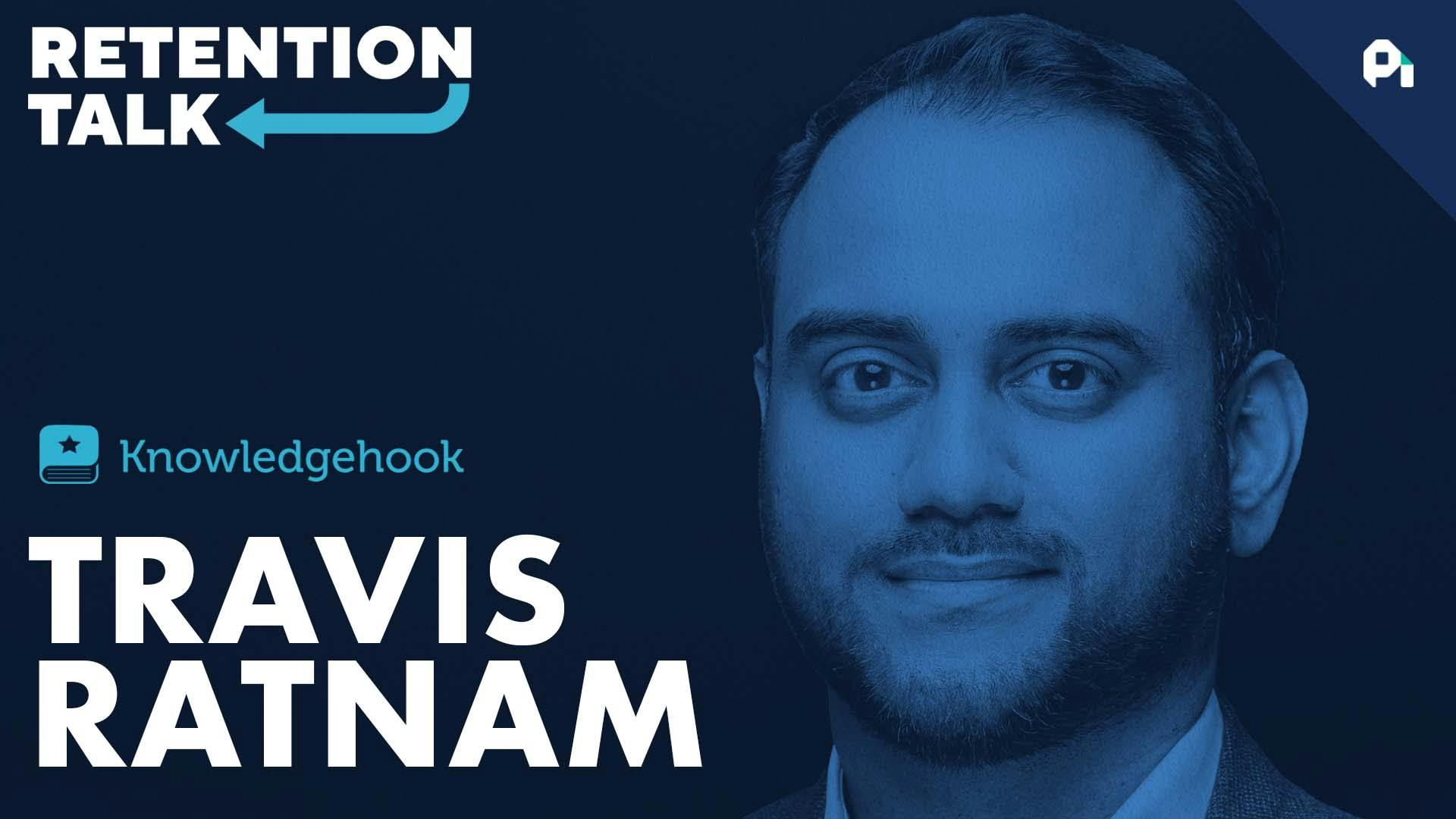
Onboarding, customer cohorts, and non-traditional CS | Knowledgehook's Travis Ratnam
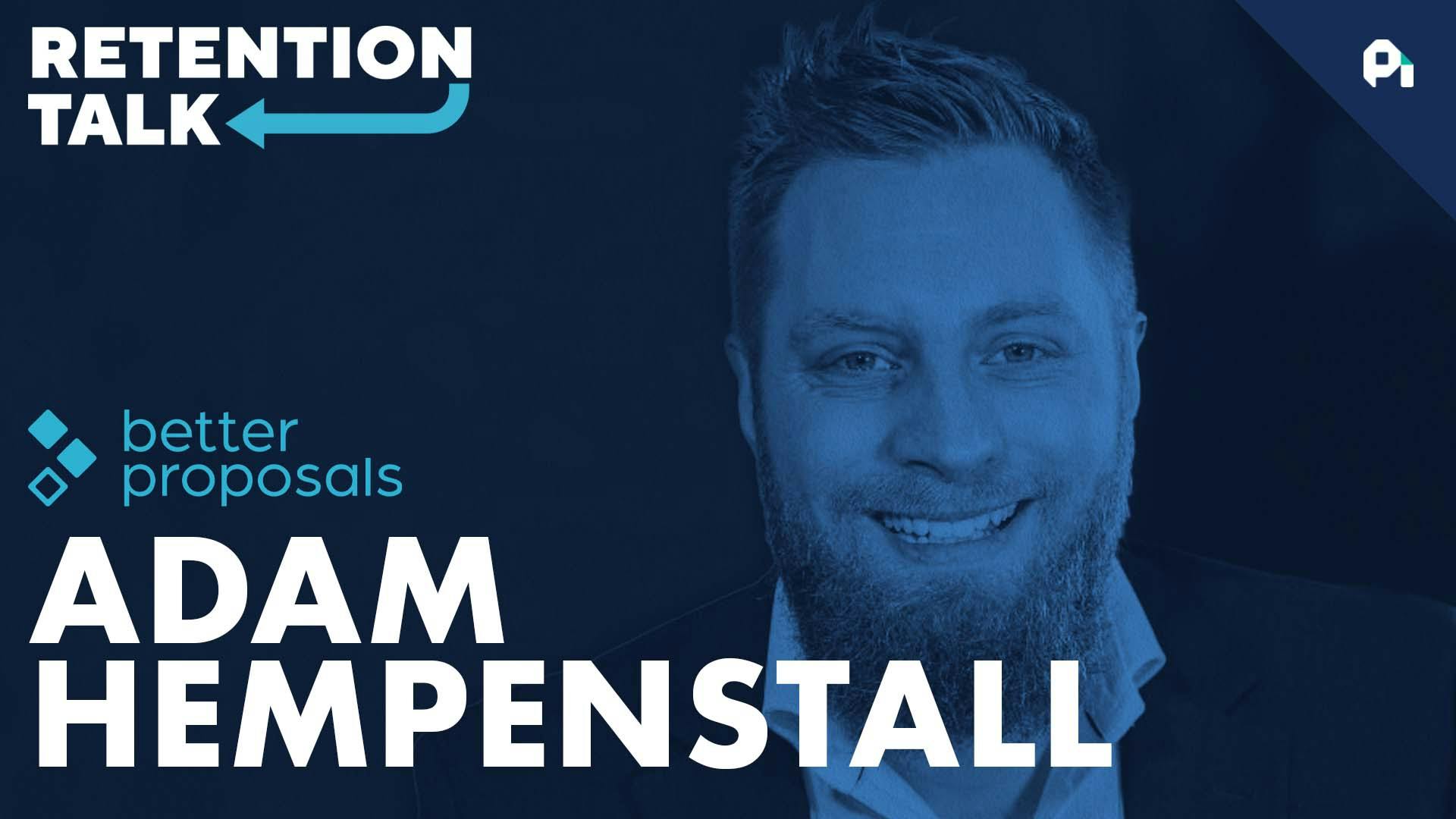
Overthinking, hacking retention, and rallying around metrics | Better Proposals' Adam Hempenstall
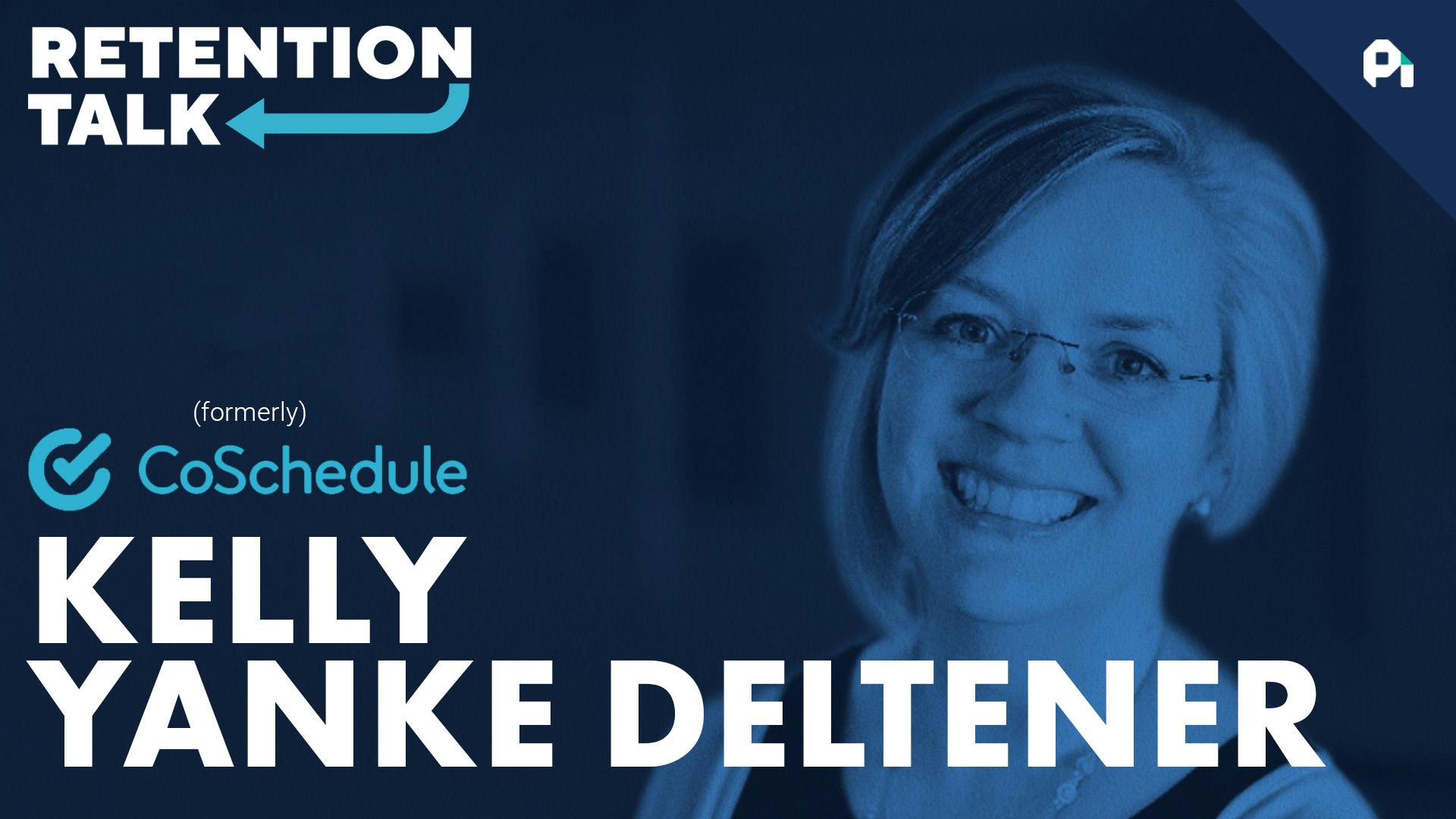
The customer isn't always right | Kelly Yanke Deltener
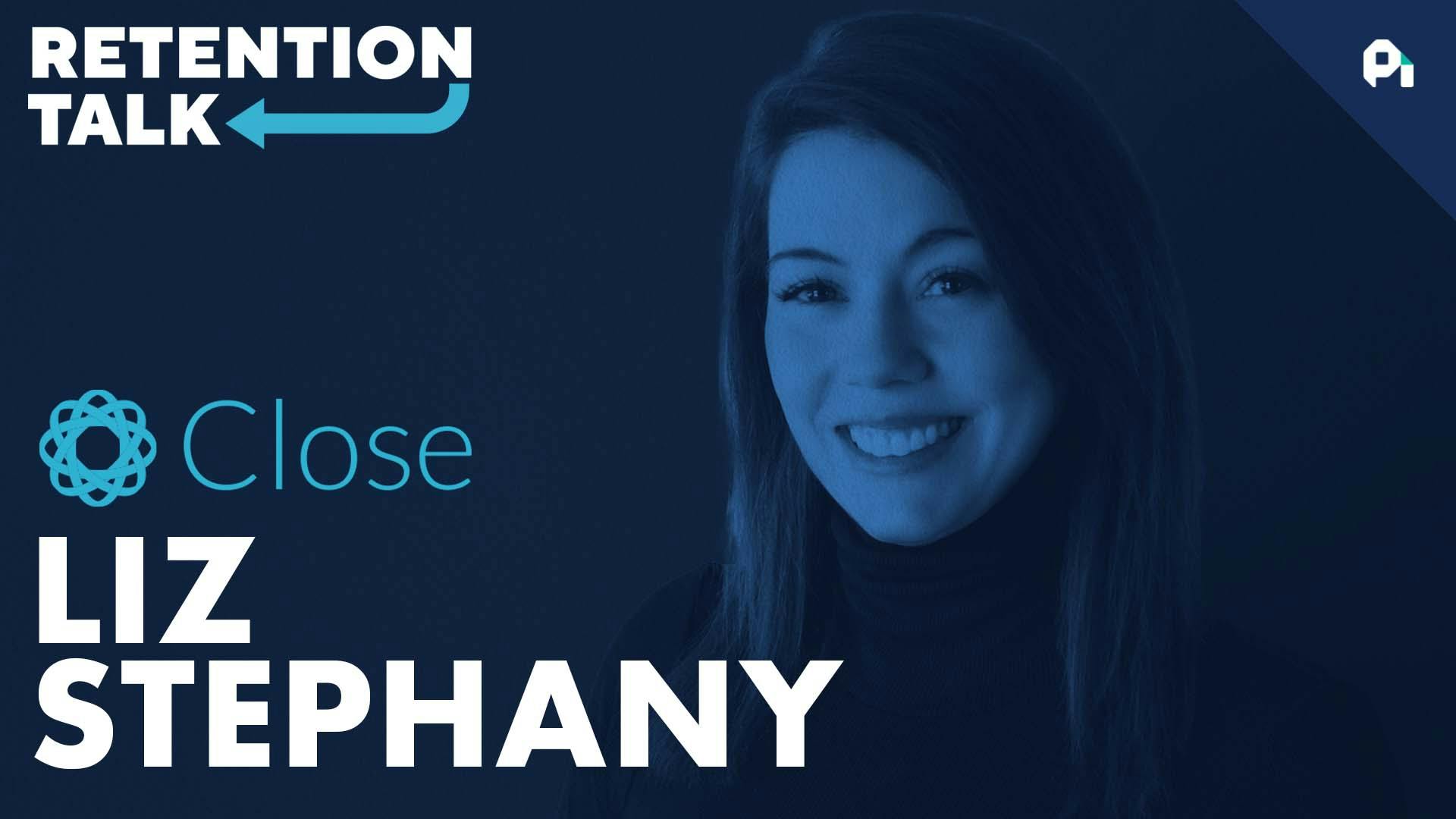
Two ways to segment churn | Close's Liz Stephany


